Hiking is a popular outdoor activity enjoyed by many people around the world. It allows individuals to experience the beauty of nature, get some exercise, and challenge themselves. However, there is always a risk associated with any outdoor activity, and hiking is no exception. The question that many people ask is, can you die from hiking?
The answer is yes, you can die from hiking. There are many potential causes of death while hiking, including falls, getting lost, dehydration, hypothermia, and even animal attacks. It is important to understand the potential risks associated with hiking and take steps to stay safe while on the trail. In this article, we will explore the potential causes of death while hiking and provide tips on how to stay safe while enjoying this popular outdoor activity.
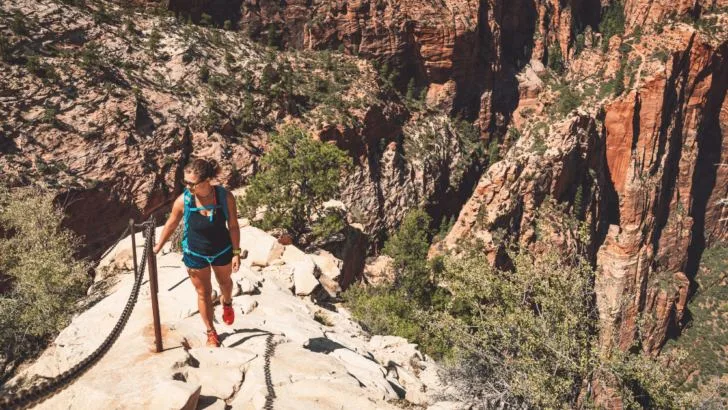
Key Takeaways
- Hiking can be a dangerous activity, and it is possible to die while on the trail.
- The potential causes of death while hiking include falls, getting lost, dehydration, hypothermia, and animal attacks.
- To stay safe while hiking, it is important to be prepared, stay hydrated, dress appropriately, and stay on marked trails.
Can You Die from Hiking?
As someone who enjoys hiking, I am often asked if it is possible to die from hiking. The answer is yes, but it is important to understand the circumstances and causes of hiking-related deaths.
According to hiking accident statistics, falls and natural causes are the most common causes of death while hiking. In fact, a study on the circumstances and causes of death of hikers at different altitudes found that natural deaths as well as fatal and non-fatal accidents occur during hiking. It is essential to prepare for these risks by bringing appropriate gear and supplies.
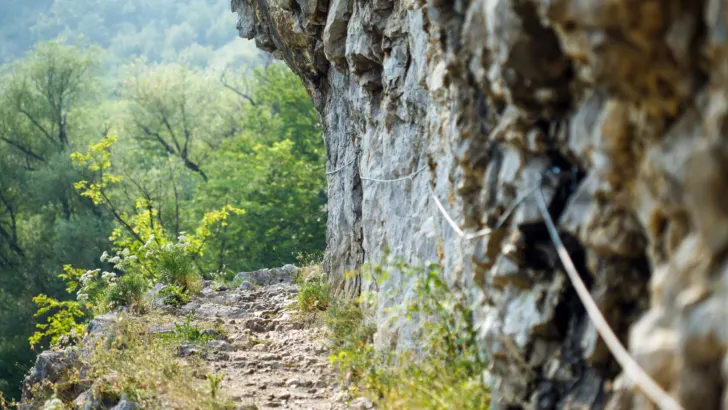
It is also important to note that most wilderness fatalities are rare, and it is typically hikers who tend to die out there. Making foolhardy decisions can be a significant risk factor. Therefore, it is crucial to have basic knowledge of hiking techniques and to follow safety guidelines.
Additionally, some environmental hazards such as avalanches and animal attacks can be fatal. For example, an avalanche could be triggered by the victim or someone in the victim’s party, and over 150 people are killed by them each year worldwide. It is essential to research the area you plan to hike in and understand the potential hazards.
In conclusion, while hiking can be a rewarding experience, it is not without risks. Understanding and preparing for potential hazards, following safety guidelines, and making informed decisions can help mitigate these risks and ensure a safe and enjoyable hiking experience.
Causes of Death While Hiking
When hiking, there are several risks that one may face. While hiking can be a fun and rewarding experience, it can also be dangerous and even deadly. In this section, I will discuss some of the leading causes of death while hiking.
Falls are The Leading Cause of Death While Hiking
Falls are the most common cause of death while hiking. Hikers may slip on wet surfaces, lose their footing around cliffs and mountains’ edges, or trip on rocks and roots. Falling can lead to serious injuries, such as broken bones, head injuries, and even death. To avoid falls, hikers should pay attention to where they step, wear appropriate footwear, and use trekking poles for stability.
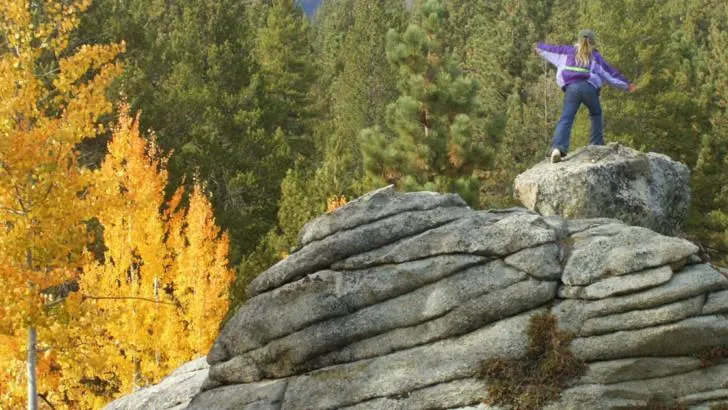
Exposure to The Elements
Exposure to extreme weather conditions can also be deadly while hiking. Hikers may suffer from hypothermia, heat exhaustion, or heatstroke. It is important to check the weather forecast before embarking on a hike and dress appropriately for the conditions. Hikers should also bring enough water and food to stay hydrated and energized.
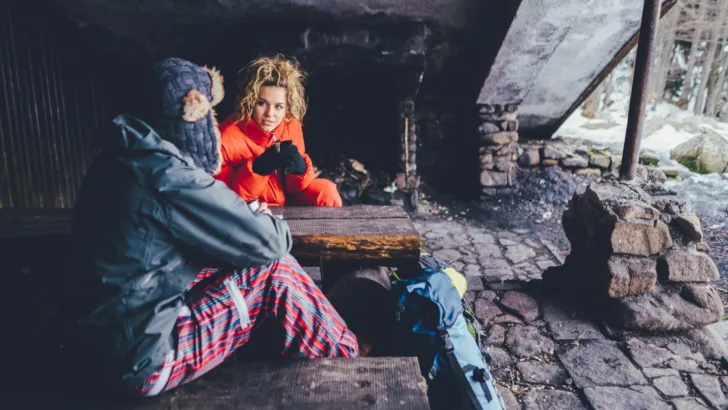
Wild Animals Can Pose a Threat
Encounters with wild animals can also be dangerous while hiking. Some animals, such as bears, cougars, and snakes, can be aggressive and attack hikers. To avoid animal attacks, hikers should make noise while hiking to alert animals of their presence, carry bear spray or other deterrents, and avoid hiking alone.

Medical Emergencies Such as Heart Attacks
Medical emergencies, such as heart attacks or strokes, can also be deadly while hiking. Hikers who have pre-existing medical conditions should consult with their doctor before going on a hike. It is also important to bring a first aid kit and know how to use it in case of an emergency. Hikers should also be aware of their physical limitations and pace themselves accordingly.
In conclusion, while hiking can be a great way to explore the outdoors and stay active, it is important to be aware of the risks involved. By taking appropriate precautions and being prepared for emergencies, hikers can minimize the risks and enjoy a safe and enjoyable hiking experience.

How to Stay Safe While Hiking
As someone who enjoys hiking, I know how important it is to stay safe on the trail. Here are some tips to help you stay safe while hiking.
Be Prepared for The Elements
Weather can change quickly when you’re hiking, so it’s important to be prepared for all conditions. Make sure to bring appropriate clothing and gear, such as rain gear, sunscreen, and a hat. If you’re hiking in a cold climate, bring extra layers and warm clothing.
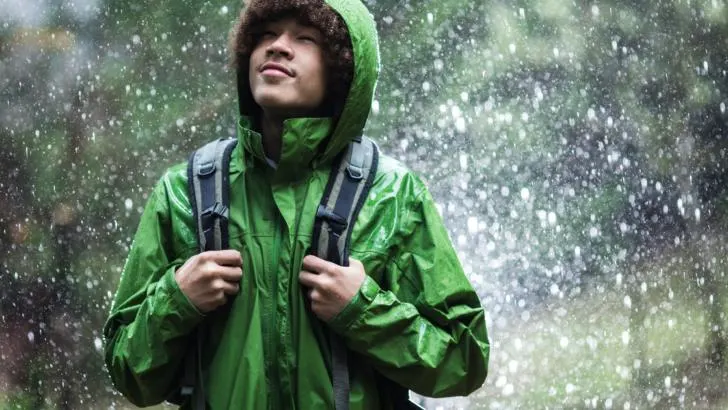
Be Aware of Your Surroundings
When you’re hiking, it’s important to be aware of your surroundings. Keep an eye out for potential hazards, such as loose rocks, steep drop-offs, or slippery trails. Stay on marked trails and avoid shortcuts.

Let Someone Know Where You’re Going
Before you head out on a hike, let someone know where you’re going and when you expect to return. This way, if you don’t return on time, someone will know to look for you. Bring a map, compass, or GPS device with you so that you can navigate if you get lost.
Be Aware of The Risks of Hiking in Bear Country
If you’re hiking in an area with bears, it’s important to be aware of the risks. Make noise while you’re hiking to avoid surprising a bear, and carry bear spray with you. If you do encounter a bear, stay calm and slowly back away.

Know Your Limits
Hiking can be physically demanding, so it’s important to know your limits. Start with shorter hikes and work your way up to longer ones. Take breaks when you need to and stay hydrated. If you start to feel tired or dizzy, it’s time to turn back.
By following these tips, you can stay safe while enjoying the great outdoors on your next hiking adventure.
Potential Causes of Death While Hiking
Hiking is a popular outdoor activity that offers numerous health benefits, including improved physical fitness, mental well-being, and exposure to nature. However, hiking can also be dangerous, and hikers can face life-threatening situations that may lead to death. As an experienced hiker, I understand the potential risks and dangers of hiking. In this section, I will discuss the potential causes of death while hiking.
Drowning
Drowning is a significant risk for hikers who cross streams, rivers, or lakes. Hikers can slip on wet rocks, fall into the water, and be swept away by the current. It is crucial to check the water level and avoid crossing during high water flow or after heavy rain.
Falls
Falls are the most common cause of death while hiking. Hikers can fall from cliffs, steep trails, or unstable terrain. It is essential to wear proper footwear, stay on the trail, and avoid risky maneuvers.
Exposure to Extreme Weather
Exposure to extreme weather, such as thunderstorms, lightning, blizzards, or heat waves, can be life-threatening. Hikers should check the weather forecast, dress appropriately, and seek shelter during storms.
Dehydration
Dehydration can lead to heat exhaustion, heatstroke, and death. Hikers should carry enough water, drink frequently, and avoid hiking during the hottest part of the day.
Heatstroke
Heatstroke is a severe condition that can occur when the body overheats. Hikers should wear light-colored, loose-fitting clothing, take frequent breaks, and avoid hiking during the hottest part of the day.
Hypothermia
Hypothermia can occur when the body loses heat faster than it can produce it. Hikers should wear warm clothing, stay dry, and seek shelter during cold weather.
Getting Lost
Getting lost can lead to exposure, dehydration, and death. Hikers should carry a map, compass, or GPS, stay on the trail, and avoid shortcuts.
Wildlife Encounters
Wildlife encounters can be dangerous, especially with bears, mountain lions, or snakes. Hikers should make noise, carry bear spray, and avoid getting too close to wild animals.
Rockfalls or Avalanches
Rockfalls or avalanches can occur in mountainous terrain, causing severe injuries or death. Hikers should check the weather forecast, avoid hiking during high-risk periods, and wear a helmet.
Accidents with Equipment
Accidents with equipment, such as falls from climbing or rappelling, can be fatal. Hikers should use proper equipment, follow safety guidelines, and avoid risky maneuvers.
Water Crossings
Water crossings can be dangerous, especially during high water flow. Hikers should check the water level, avoid crossing during high-risk periods, and use trekking poles for balance.
Allergic Reactions
Allergic reactions to plants, insects, or food can be life-threatening. Hikers should carry an EpiPen, avoid known allergens, and seek medical help immediately if an allergic reaction occurs.
Medical Emergencies
Medical emergencies, such as heart attacks, strokes, or seizures, can occur during hiking. Hikers should carry a first aid kit, know basic first aid, and seek medical help immediately if a medical emergency occurs.
Inadequate Preparation
Inadequate preparation, such as lack of fitness, improper gear, or insufficient food and water, can lead to life-threatening situations. Hikers should prepare adequately, know their limits, and avoid overexertion.
Disregarding Safety Warnings
Disregarding safety warnings, such as trail closures or weather alerts, can be dangerous. Hikers should follow safety guidelines, respect nature, and avoid risky behavior.
Unparalleled hiking is a type of hiking that can be particularly dangerous, so it’s important to be aware of the risks. For more information, check out our article on unparalleled hiking.
Related post: ‘What is Unparalleled Hiking: Exploring the Best Trails and Routes‘.
In summary, hiking can be a dangerous activity, and hikers should be aware of the potential risks and dangers. By taking proper precautions, staying alert, and respecting nature, hikers can enjoy the benefits of hiking while minimizing the risk of death.
Conclusion
After researching and analyzing the potential hazards and risks of hiking, I can confidently say that it is possible to die from hiking. However, it is important to note that the likelihood of death while hiking is relatively low compared to other activities.
The most common cause of death while hiking is due to unexpected events such as falls, animal attacks, or medical emergencies. Therefore, it is crucial to be well-prepared and equipped with the necessary gear and knowledge before embarking on a hiking trip.

Some of the key factors that can affect your hiking experience include your physical fitness level, the difficulty of the trail, weather conditions, and the elevation of the hike. It is important to take these factors into consideration and plan accordingly to ensure a safe and enjoyable hike.
In conclusion, while hiking can be dangerous, it can also be a rewarding and exhilarating experience. By taking the necessary precautions and being well-prepared, you can minimize the risks and enjoy the beauty of nature without fear.
Resources
- American Hiking Society: https://americanhiking.org/
- The American Heart Association: https://www.heart.org/
- Healthline: https://www.healthline.com/
- Verywell Fit: https://www.verywellfit.com/
- REI Co-op: https://www.rei.com/
Frequently Asked Questions
What are the most common causes of hiking accidents?
Hiking accidents can be caused by a variety of factors, including falls, getting lost or stranded, dehydration, hypothermia, and encounters with wildlife. It is important to be prepared for any potential hazards and to take necessary precautions to prevent accidents.
How can I prevent injuries while hiking?
To prevent injuries while hiking, it is important to wear appropriate footwear and clothing, stay hydrated, and pack a first aid kit. It is also important to be aware of your surroundings and to stay on designated trails. Proper planning and preparation can go a long way in preventing injuries while hiking.
What are the risks of hiking in remote areas?
Hiking in remote areas can pose additional risks, such as limited access to medical care and increased exposure to wildlife. It is important to be familiar with the area and to have a plan in case of an emergency. It is also important to let someone know your intended route and expected return time.
Are there any statistics on hiking-related deaths?
According to the National Park Service, there were 327 reported hiking-related deaths in national parks between 2007 and 2013. However, it is important to note that not all hiking-related deaths are reported and that the actual number may be higher.
How far is a safe distance to hike in a day?
The distance that is considered safe to hike in a day varies depending on factors such as terrain, elevation gain, and fitness level. It is important to plan your route and pace yourself accordingly. As a general rule of thumb, it is recommended to start with shorter hikes and gradually increase distance and difficulty.
What are some hiking safety tips to keep in mind?
Some important hiking safety tips to keep in mind include staying on designated trails, packing appropriate gear and supplies, staying hydrated, and being aware of your surroundings. It is also important to be familiar with the area and to have a plan in case of an emergency.
